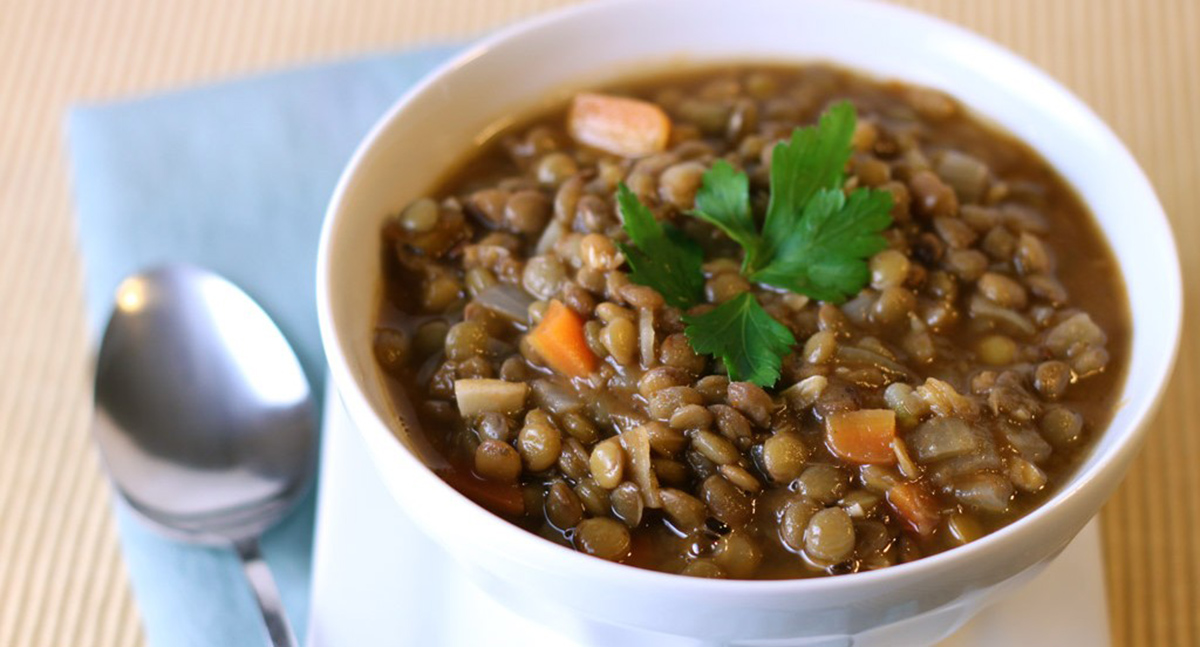Table of Contents
Legumes
Lentils, kidney beans, garbanzo beans and other legumes are amongst the lowest glycemic index foods we can eat. They are also exceptionally high in fibre (soluble and insoluble) as well as roughage. This means they digest slowly, helping to mop up excess sugar and cholesterol in the digestive system.

When combined with high saturated fat and cholesterol foods they can help minimize the impact. For example, combining beef mince with legumes in a chili or bolognaise sauce will help mop up some of the cholesterol in the meat. They can also be used to lower the glycemic index of otherwise high glycemic index foods. For example, mashing high glycemic index potatoes with some white sugar beans will lower the overall glycemic index of the meal.
Low GI grains
While diabetics should decrease their intake of insulin stimulating grains in general, moderate amounts of carbohydrate foods are essential as a more immediate energy source and also for general nutrition and overall good digestion. Low glycemic index foods, like the so labeled low GI breads and cereals are one option. More natural grains like quinoa, rolled oats, brown and wild rice and barley are also excellent additions to the diabetic diet. Most pasts is low glycemic index (provided they are the longer, thinner pasts shapes like spaghetti and fettuccine) but whole-wheat pasta is an even better option that regular white pasta.
Berries
Fruit is a bit of a gray area in diabetes. The problem being that fruit contains mostly just sugars and almost no protein or fat. Berries, like blue berries, strawberries, raspberries and also cherries contain a lower sugar content and are amongst the lowest glycemic index fruits. They are great as a between meal snack or as an addition to breakfast or a smoothie.
Nuts and Seeds
Nuts and seeds provide superior nutrition and energy in a relatively low carbohydrate package.
All nuts and seeds are fine to eat on a diabetic diet but peanuts and cashews tend to have a slightly higher carbohydrate content than other nuts and seeds. Nuts and seeds like almonds, walnuts, pecans, sesame seeds, and pumpkin seeds can be eaten alone as a snack or added to yogurts, cereals and salads. Chia and flaxseeds are particularly high in omega 3 fatty acids and all nuts and seeds contain good amounts of monounsaturated fats and vitamin E. They are also a source of fibre.
See Also: Diabetic in a Fast Food Restaurant
Stevia
Diabetics are urged to reduce their intake of sweet foods in general, but stevia probably provides the least risky form on calorie and carbohydrate free sweetness. Unlike aspartame, sucralose and asesulphame, stevia a natural sweetener derived from plant origins. It works well as an added sweetener but is not great in cooking and baking.
- Photo courtesy of Alpha by Flickr : www.flickr.com/photos/avlxyz/3899674459
- Photo courtesy of Emily Carlin by Flickr : www.flickr.com/photos/emiline220/4343406017
- Photo courtesy of Ruocaled by Flickr : www.flickr.com/photos/ruocaled/8173155762


Your thoughts on this